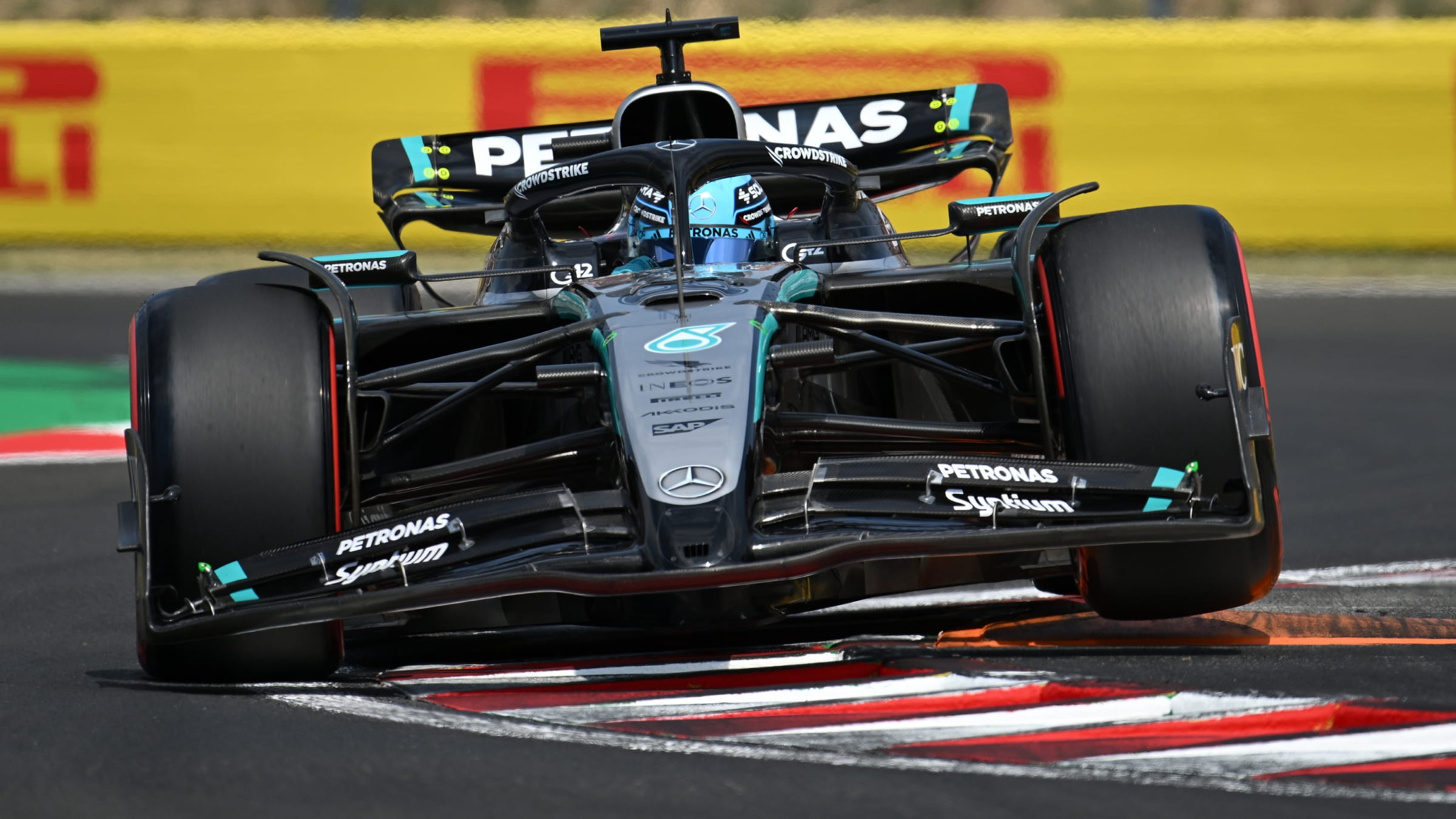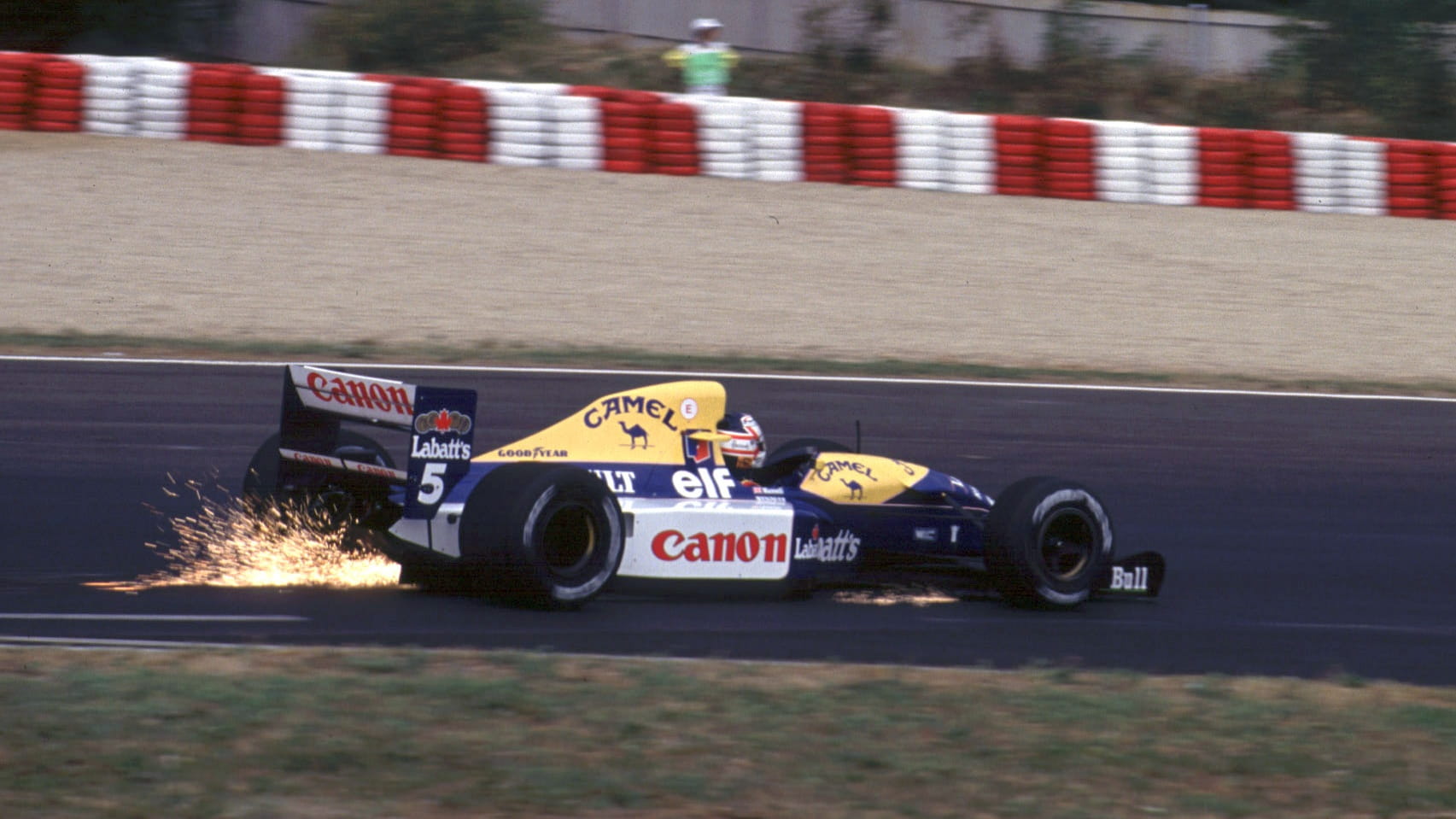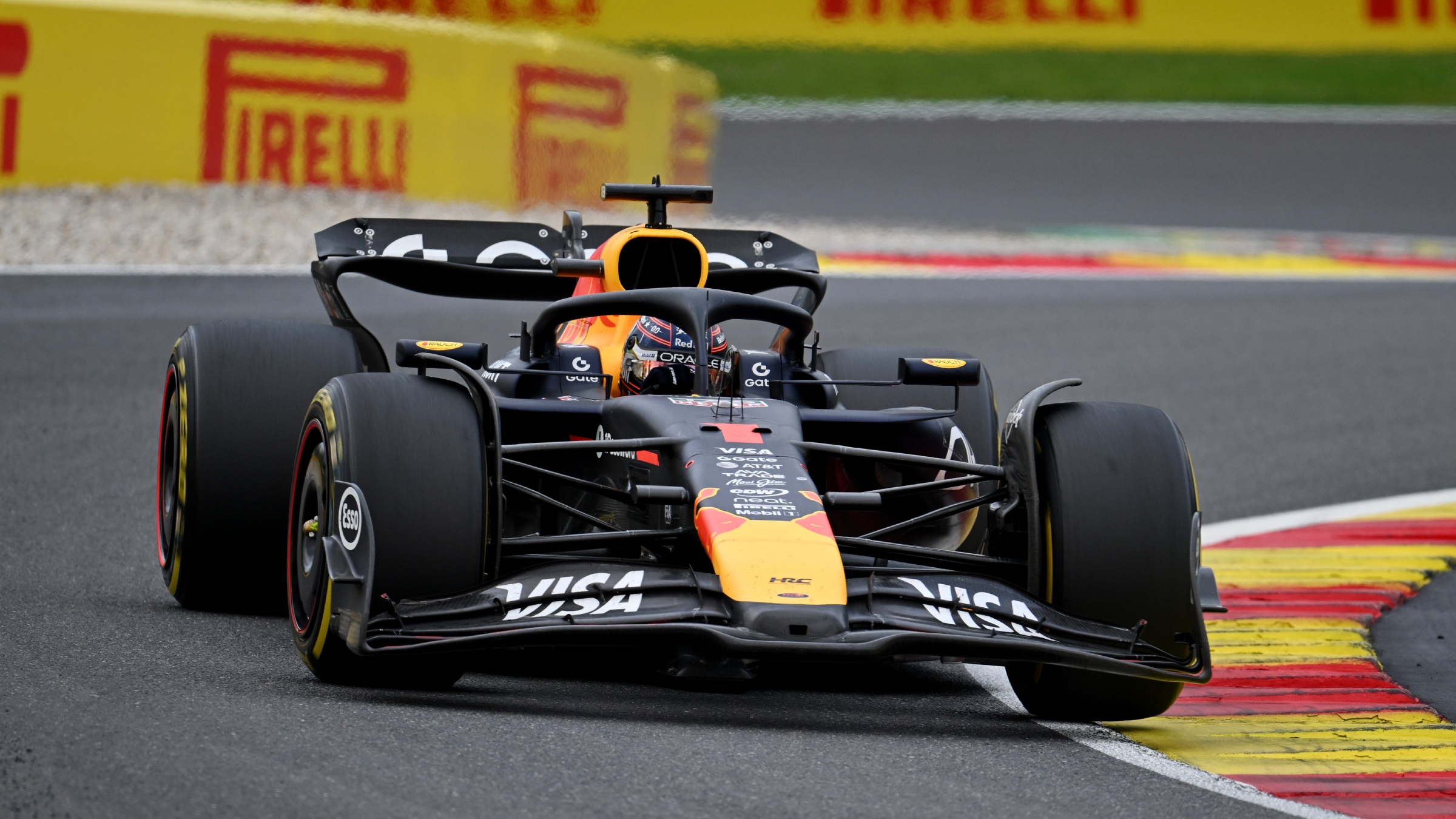Future
Dan Fallows: How to nail an F1 rules reset
by Dan Fallows
8min read

.png?cx=0.5&cy=0.5)
In the latest exclusive column from former Red Bull and Aston Martin Formula 1 aerodynamicist Dan Fallows, he looks at how teams will be preparing for the new era of F1 in 2026 - and draws from his own experience of working with drivers such as Max Verstappen and Fernando Alonso.
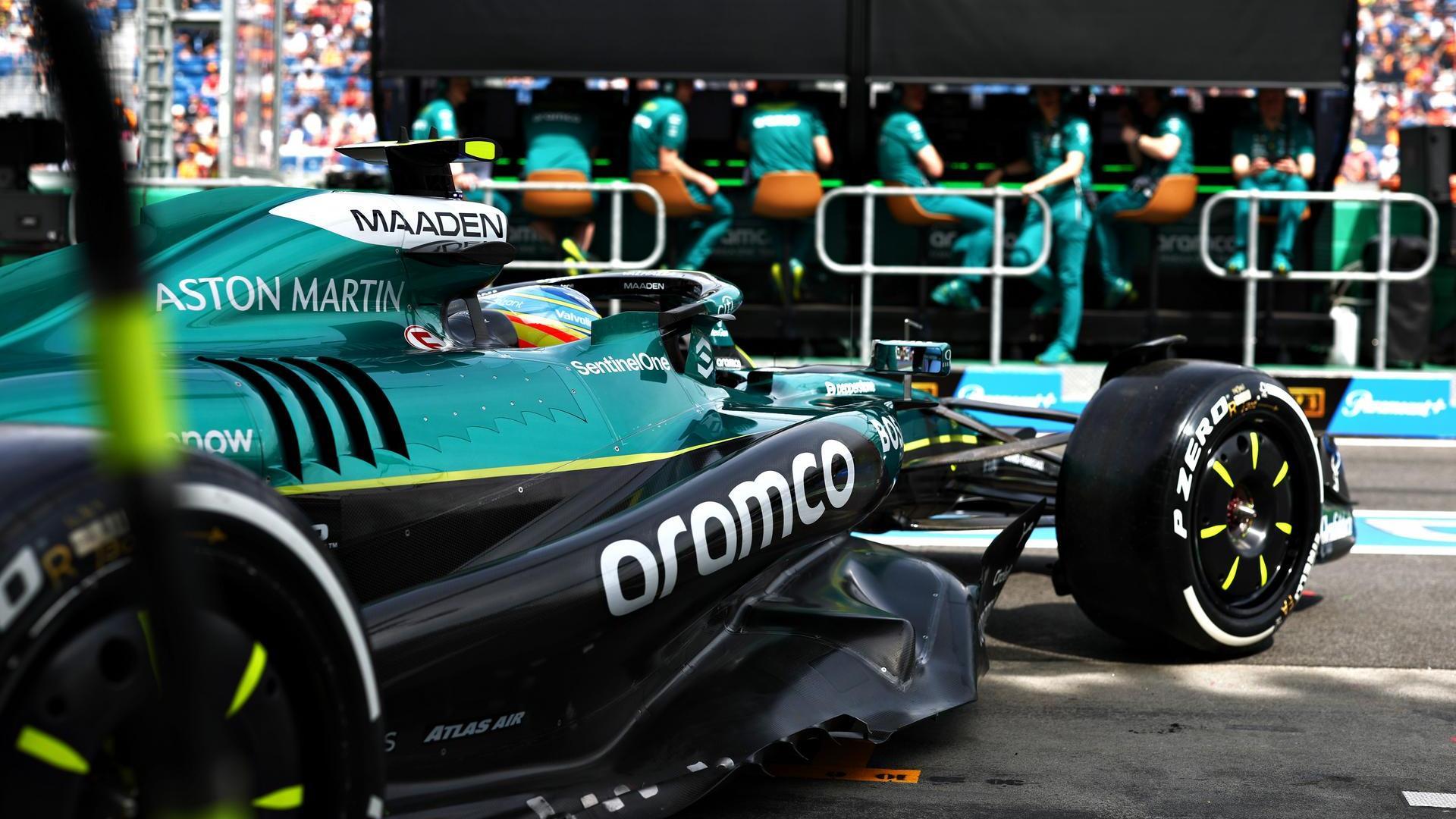
Sign up for a newsletter and we'll make sure you're fully up-to-date in the world of race technology
Rarely, drivers can be more effusive but usually they are less, like Max Verstappen, who usually concluded that every new car "feels fine" - even ones which would go on to win world championships.
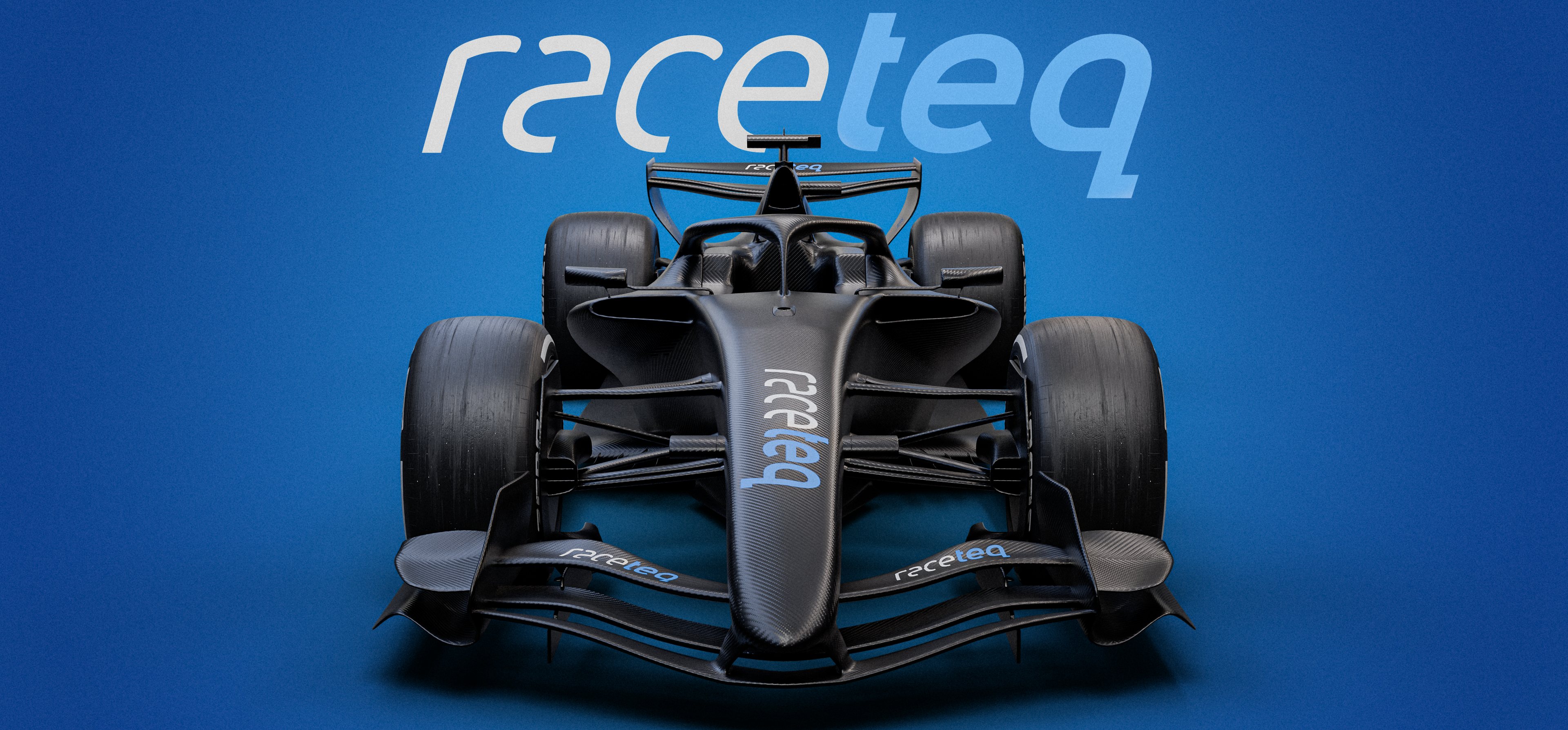
3D render of a 2026 F1 car with straightline mode engaged. All 3D renders courtesy of Just FormulaCar
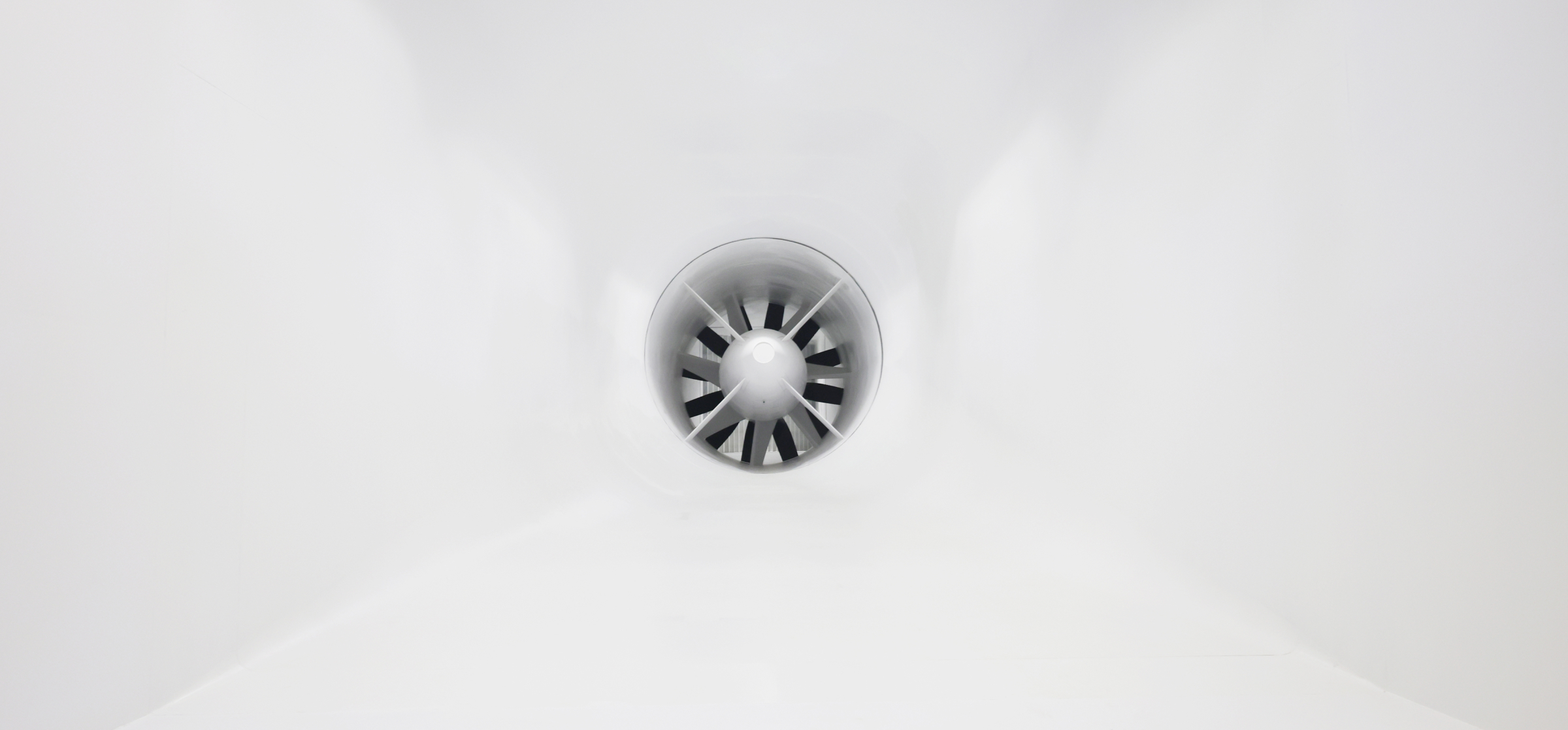
The new windtunnel at Aston Martin’s Silverstone headquarters
How do we know if we have a great car on our hands? The honest answer is, we don't.
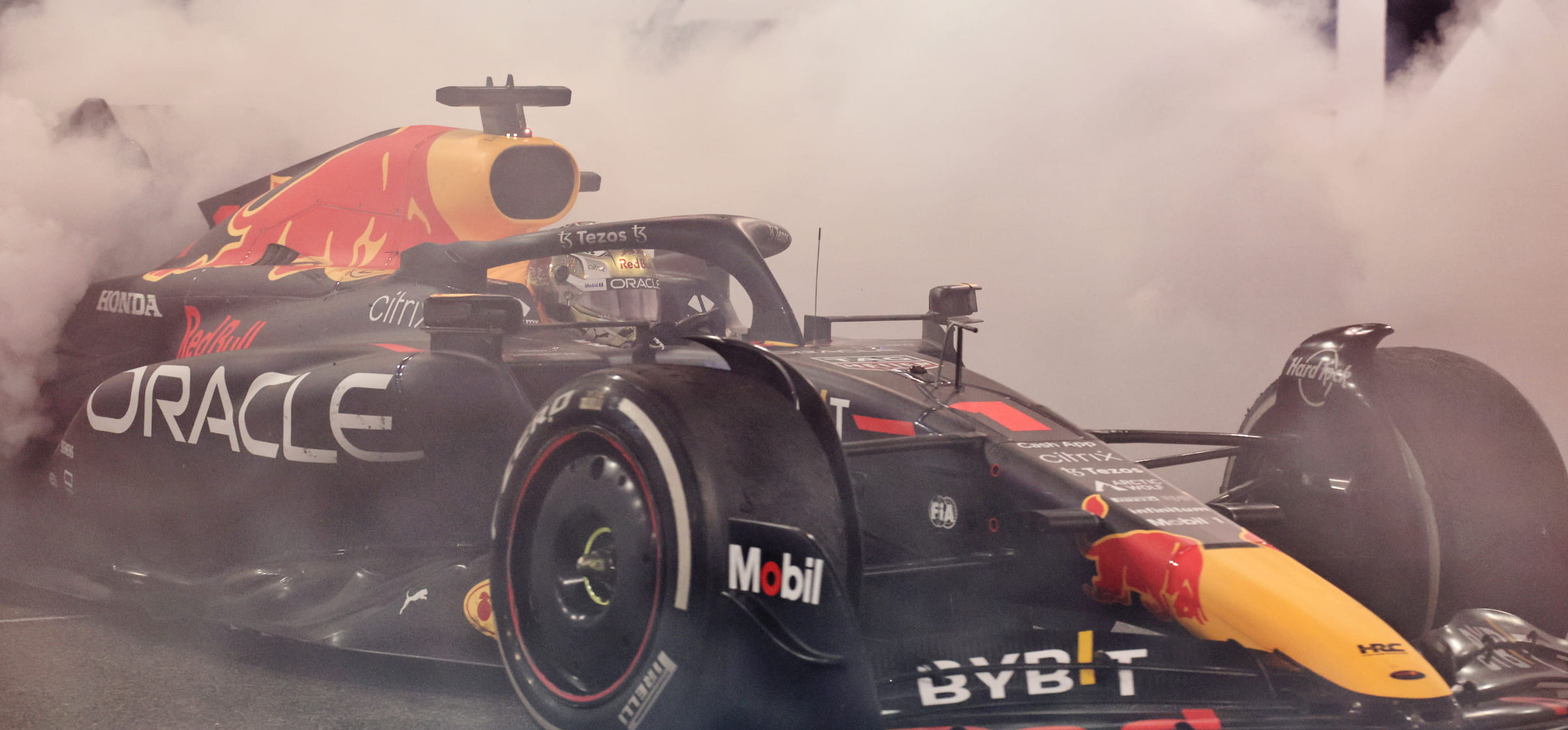
Red Bull dominated with its 2022 RB18 F1 car that took the drivers’ and constructors’ championships
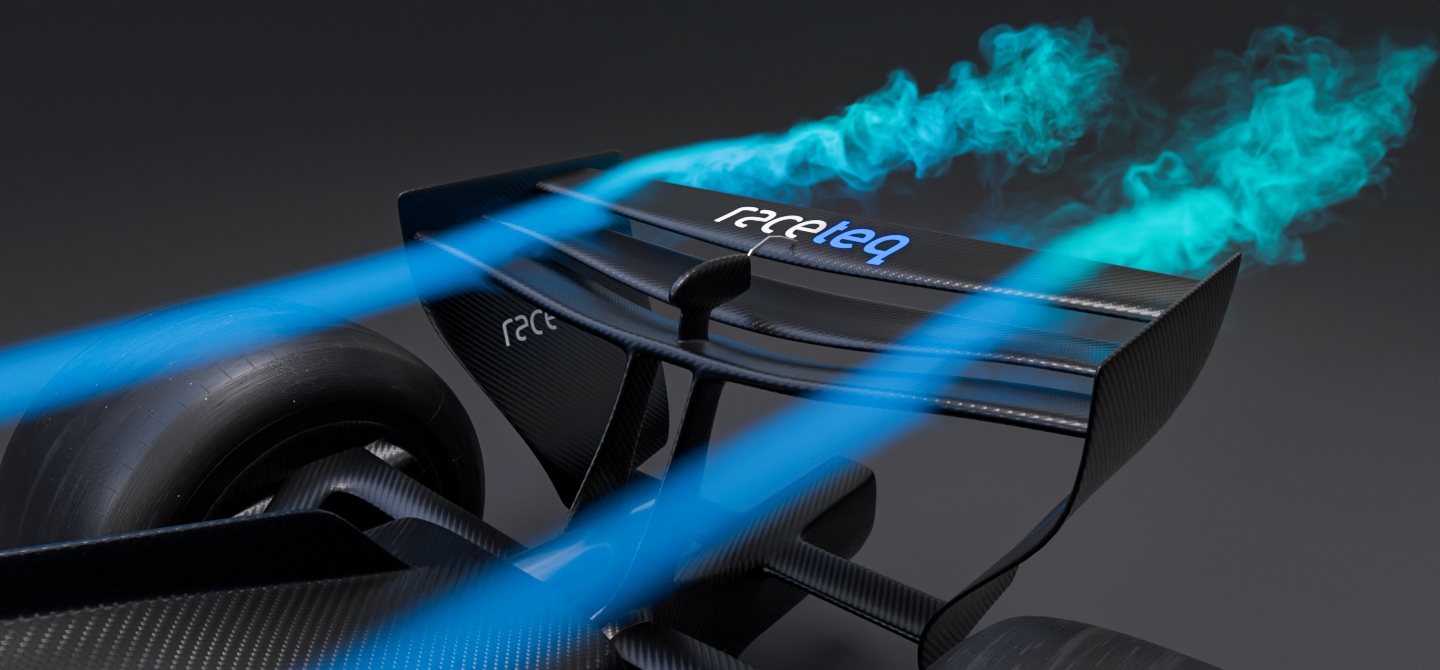
3D render of the rear wing opening on a 2026 F1 car in corner mode
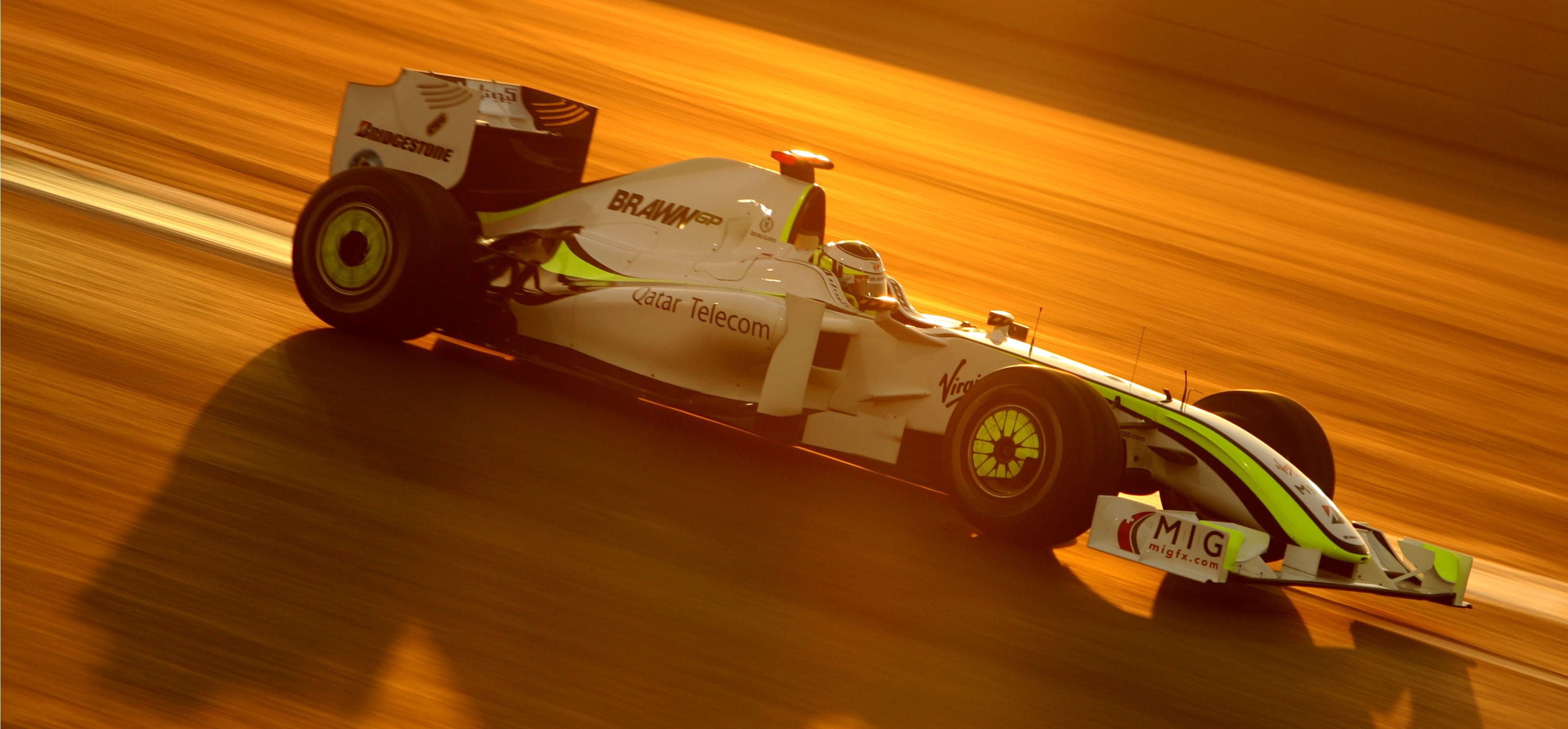
Brawn GP shocked F1 when it won the titles in 2009 - when a new ruleset was implemented
We are already starting to hear rumours about how the power unit manufacturers compare against each other...
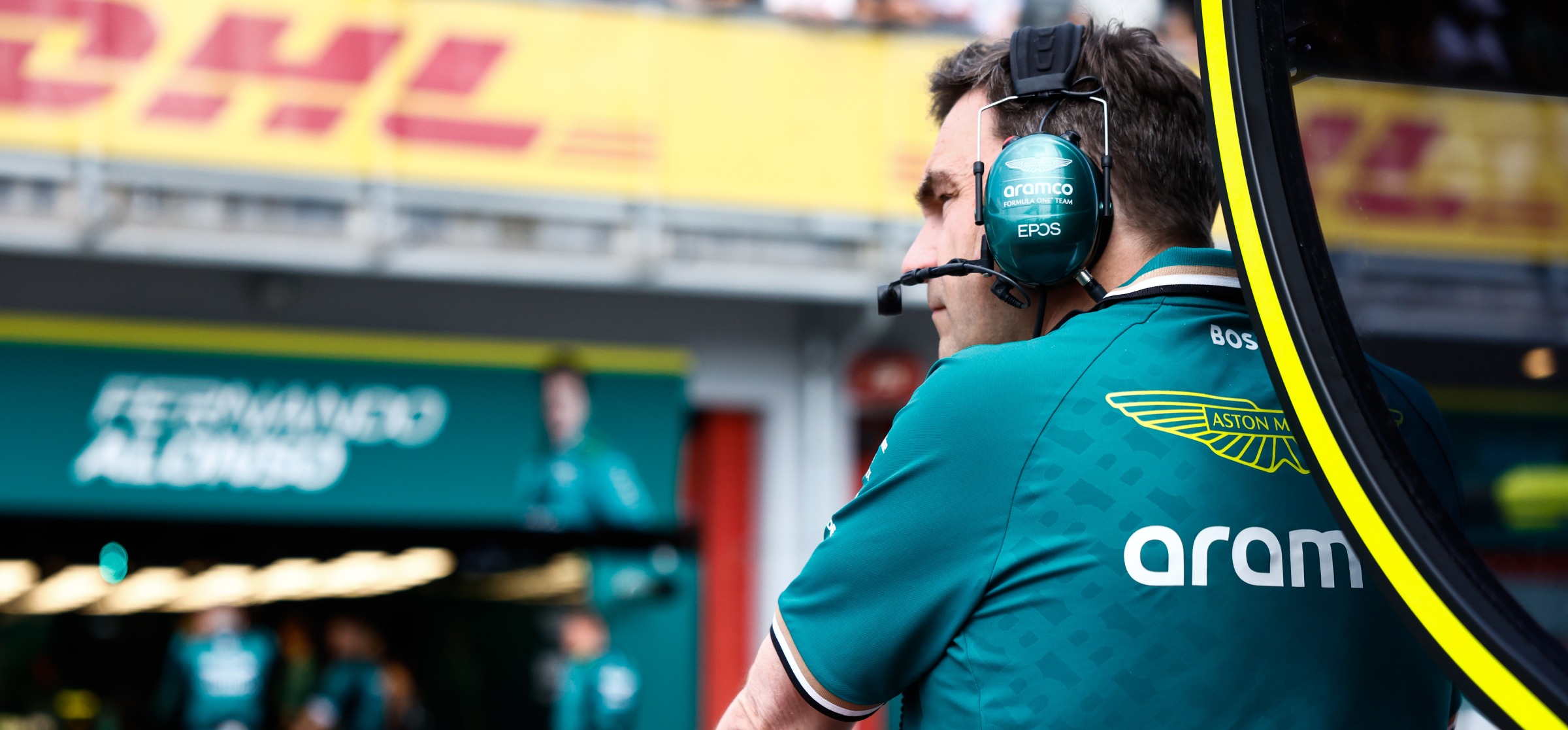
Dan Fallows watches on as Fernando Alonso exits the garage. Fallows served as the team’s technical director from 2022 to late 2024
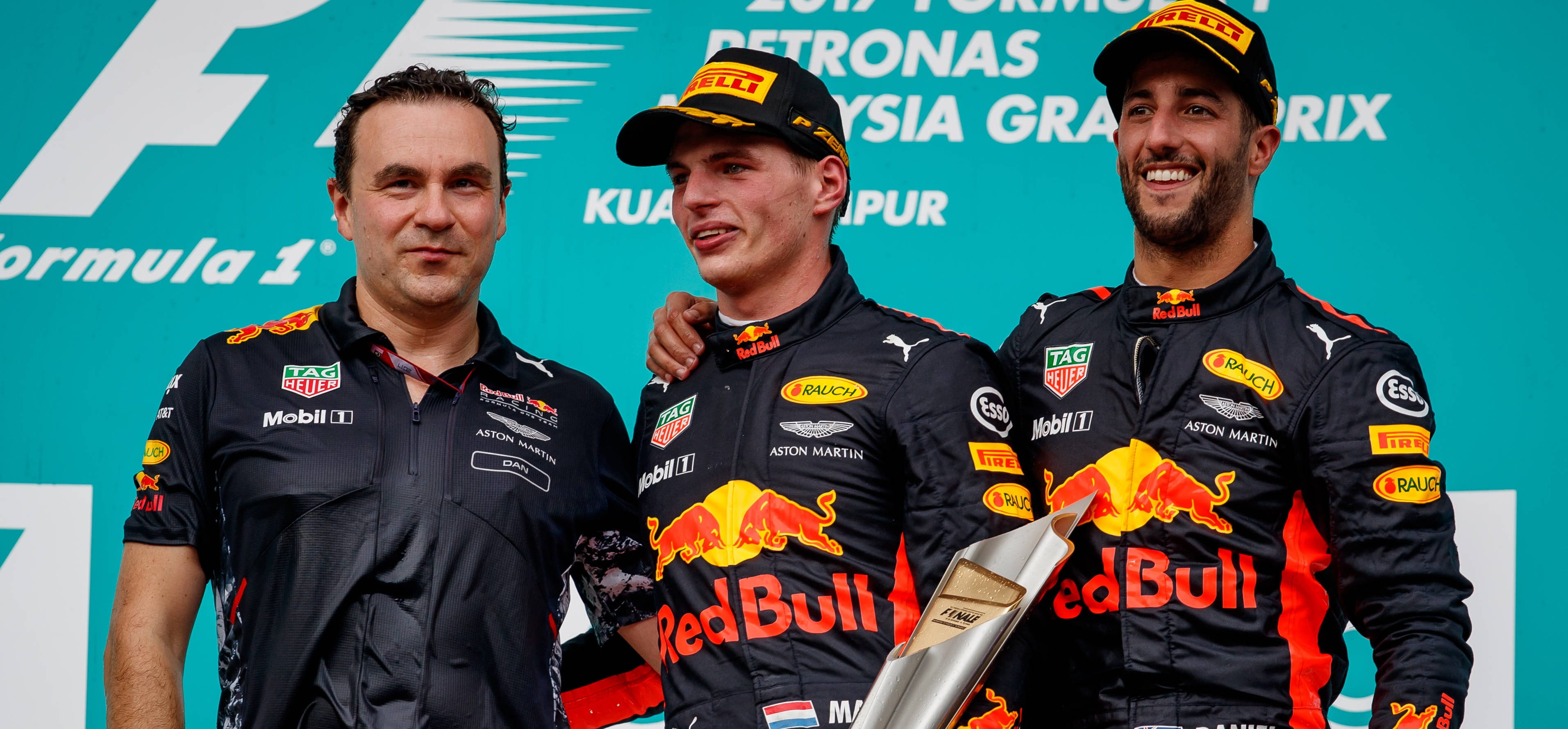
Fallows with race winner Max Verstappen (centre) and third-place finisher Daniel Ricciardo (right) at the 2017 Malaysian Grand Prix
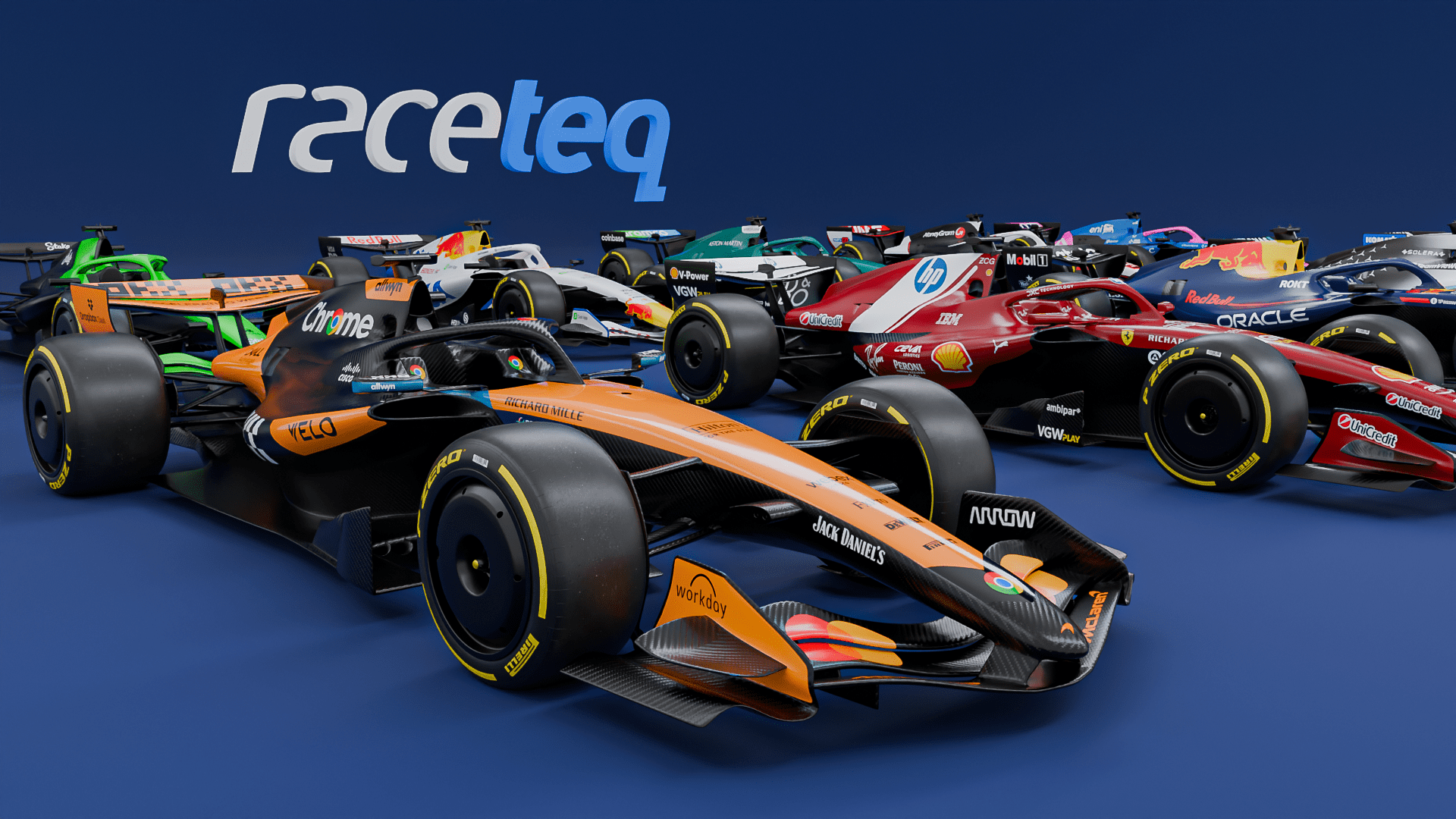
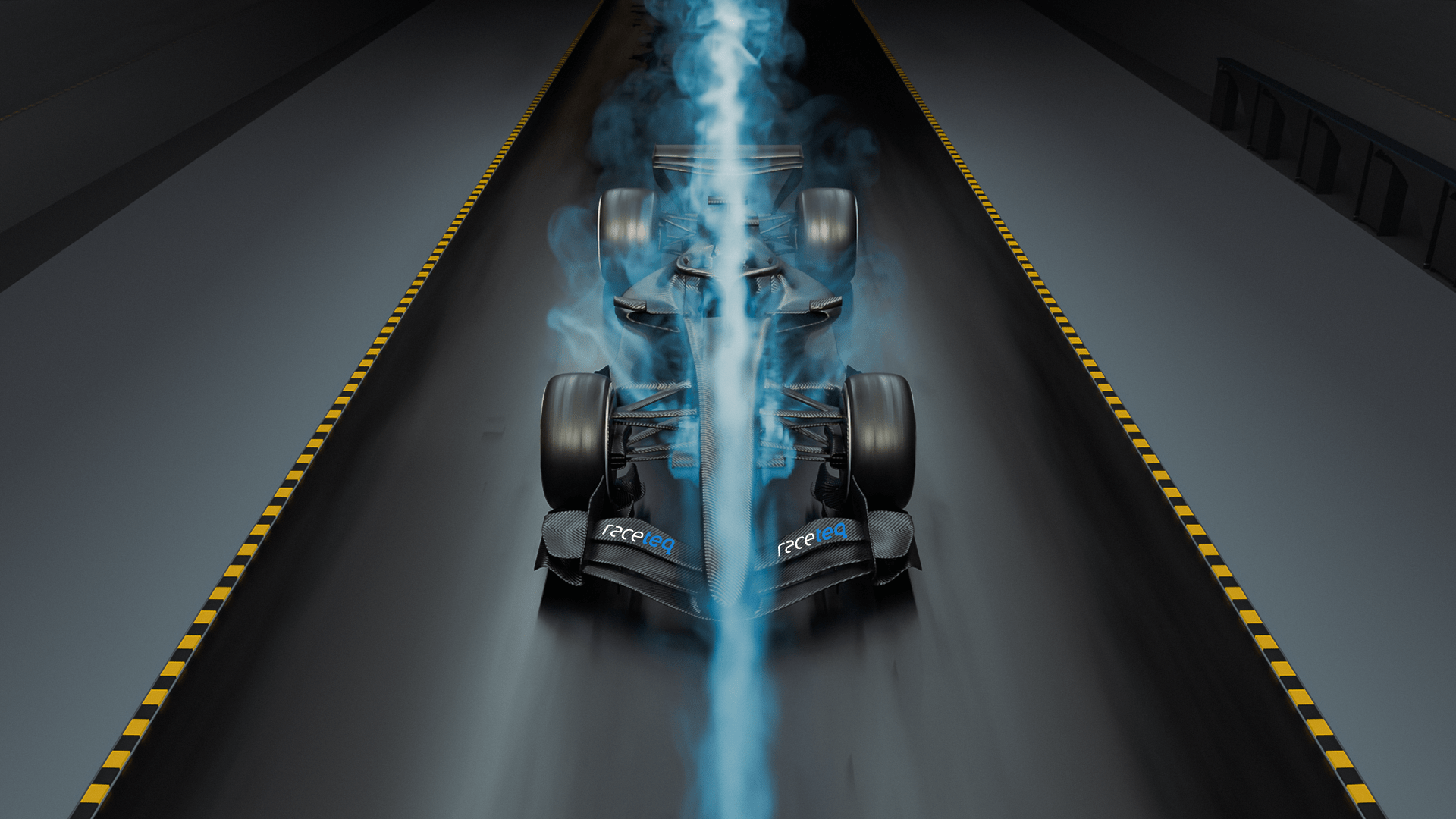
.jpg?cx=0.5&cy=0.5)
.jpg?cx=0.5&cy=0.5)
